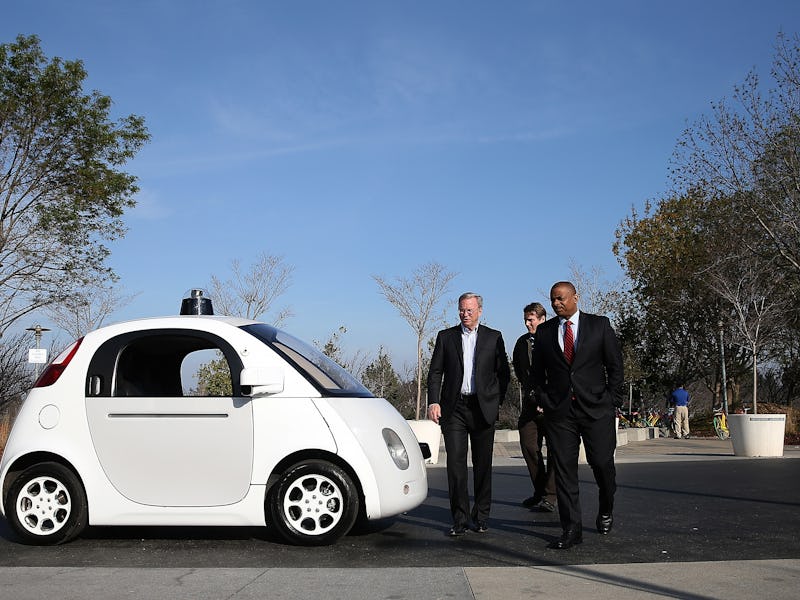
If you’ve been following Tesla’s latest developments, you’re probably aware the company wants to achieve cross-country driverless car trips by the end of 2017. That’s probably not going to happen, if Toyota Research Institute chief executive Gill Pratt is to be believed. At the Consumer Electronics Show (CES), Pratt suggested that timescales like the one Tesla is proposing are unrealistic, stating that we’re likely to see the first self-driving cars by around 2020 instead.
First, a quick primer on autonomy levels. The Society of Automotive Engineers (SAE) has six definitions of autonomy, ranging from level zero (driver in control all the time) to level five (driver never in control at all). Level four, where a car drives itself from A to B via predictable roads, is what many people would consider “self-driving,” and it’s potentially enough to achieve Tesla’s cross-country road trip.
Tesla is aiming for level five, but even level four is a few years away. “Level four cars will be on the road in 2020 operating in certain environments,” Pratt said in a report published Friday. “[But] it’s going to take many years of machine learning and many more miles than anyone has logged to achieve level five autonomy.”
Tesla has previously released videos of an early version of its self-driving system in action:
Pratt is correct when he says that self-driving cars require a lot of machine learning. Tesla has already started making cars with the necessary hardware for level five autonomy. Hardware 2, as the platform is known, uses a combination of cameras and sensors to understand its current position, but it currently lacks the software needed for autonomy. A future software update will unlock these abilities for cars in the future, making a new Tesla purchase an investment in future self-driving car tech. When that software update will launch, and whether it will indeed bring autonomy by 2017, is seemingly up for debate.